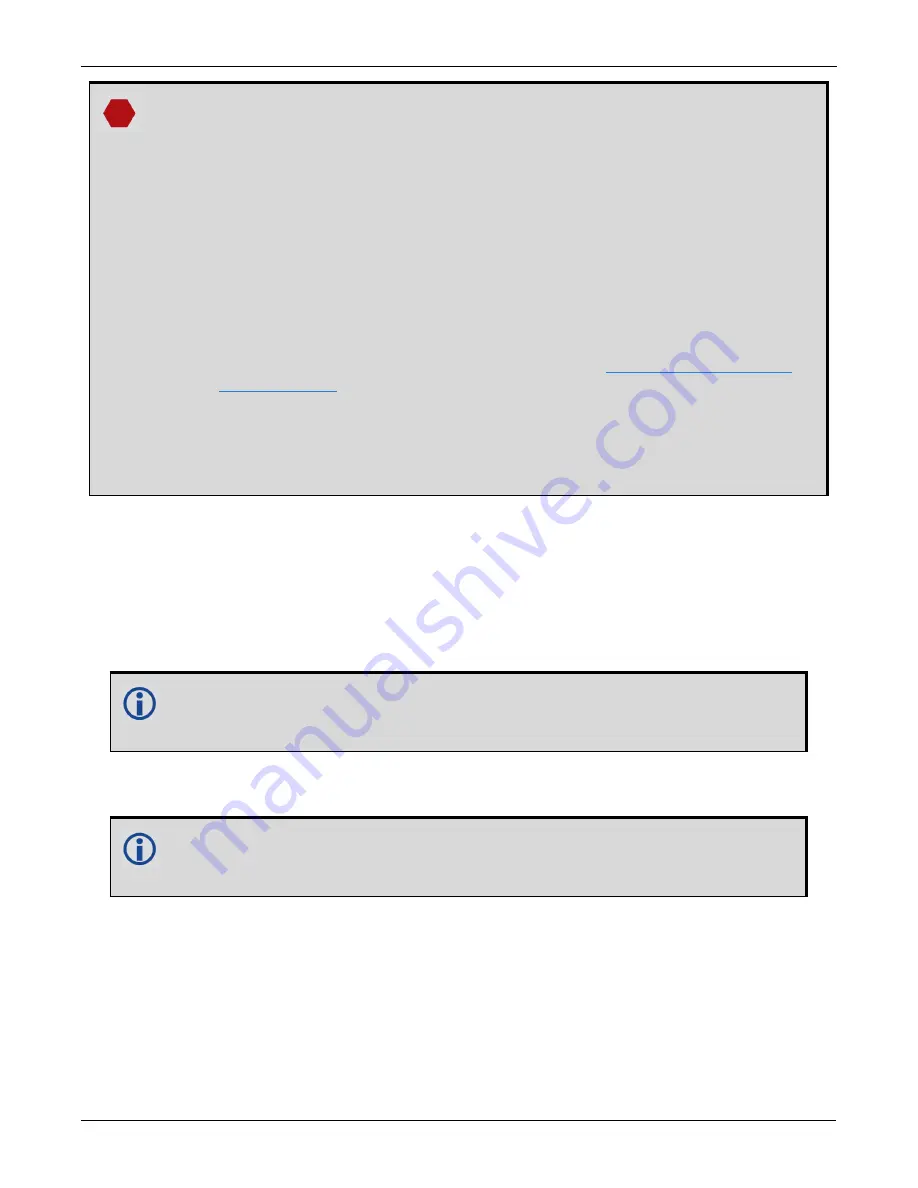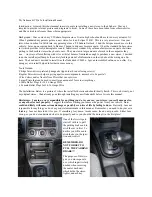
Chapter 3 SPAN Operation
OEM7 SPAN Installation and Operation User Manual v14
101
Logging Restriction Important Notice
Logging excessive amounts of high rate data can overload the system. When configuring the output for
SPAN, NovAtel recommends that only one high rate (>50 Hz) message be configured for output at a
time. It is possible to log more than one message at high rates, but doing so could have negative
impacts on the system. Also, if logging 100/200 Hz data, always use the binary format and, if possible,
the short header binary format (available on most INS logs).
For optimal performance, log only one high rate output at a time. These logs could be:
l
Raw data for post processing
RAWIMUXSB ONNEW (output rate depends on IMU see
l
RAWIMU logs are not valid with the ONTIME trigger. The raw IMU observations contained in
these logs are sequential changes in velocity and rotation. As such, you can only use them
for navigation if they are logged at their full rate. Refer to the
for log and command details.
l
Real time INS solution
IMURATEPVA ONNEW or IMURATEPVAS ONNEW
l
Other possible INS solution logs available at high rates are: INSPVASB, INSPOSSB,
INSVELSB, INSATTSB
Specific logs need to be collected for post-processing. See
Data Collection for Post Processing
To store data from an OEM7 receiver, connect the receiver to a computer running NovAtel Connect or other ter-
minal program capable of recording data. On PwrPak7 receivers, you can also collect data on internal memory.
3.4.5 Lever Arm Calibration Routine
Each time the system is re-mounted on a vehicle, or the IMU or antenna is moved on the vehicle, the lever arm
must be redefined either through manual measurement or through calibration.
We recommend that you measure the lever arm using survey methodology and equipment, for
example, a total station. Only use calibrations when precise measurement of the lever arm is not
possible.
Initial estimates and uncertainties for the lever arm may be entered using the
SETINSTRANSLATION ANT1
command. The calibration routine uses these values as the starting point for the lever arm computation.
The Lever Arm Calibration routine is not available for the IMU-CPT, HG1930, HG4930, ADIS-
16488, EG320N, EG370N, IMU-IGM, STIM300, PwrPak7-E1, PwrPak7D-E1, PwrPak7-E2,
PwrPak7D-E2 or SPAN CPT7.
The steps involved in the calibration are:
1. Apply power to the receiver and the IMU.
2. Configure the SPAN system, see
SPAN Configuration for Receiver Cards
3. Enter the initial estimate for the lever arm using the
SETINSTRANSLATION ANT1
command.
Ensure the standard deviation values entered for the antenna offset are not overly optimistic (i.e., err on the
side of a larger standard deviation).
















































